
In 1963, Black Danville residents took to the streets for months to peacefully protest segregation. They were confronted by the police, often violently, and they faced criminal trials before white juries and a white judge who fought against integration. Until recently, many of their stories were passed over by institutional historians.
Sixty years later, here’s how the movement shaped Danville.
Bloody Monday
reported by Grace Mamon
“We never thought about, oh, this is making history. We never thought of any of that. We just knew that we have to do this now. We can’t wait any longer, it has to be done now.”
Dorothy Moore-Batson, civil rights protester
The report
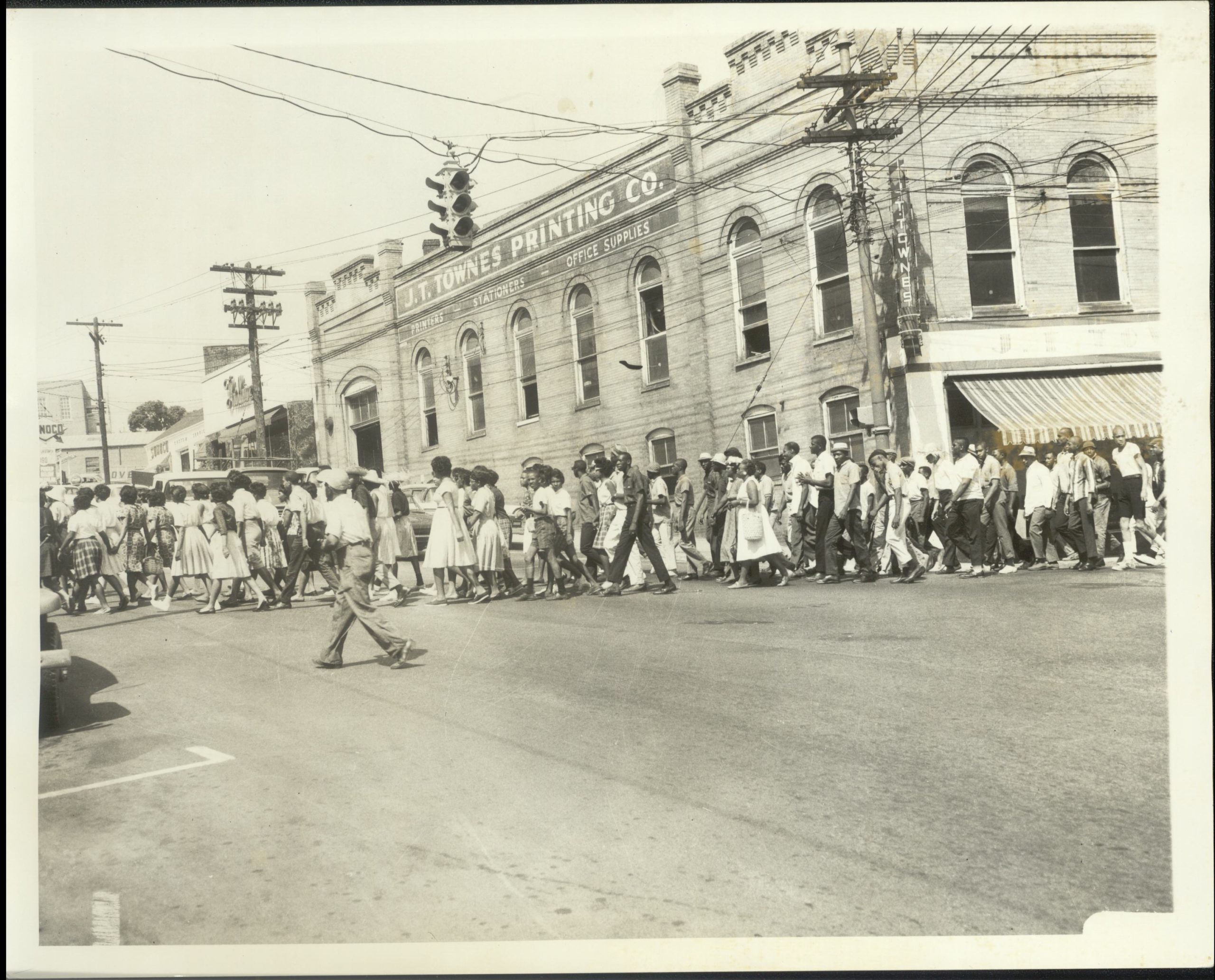


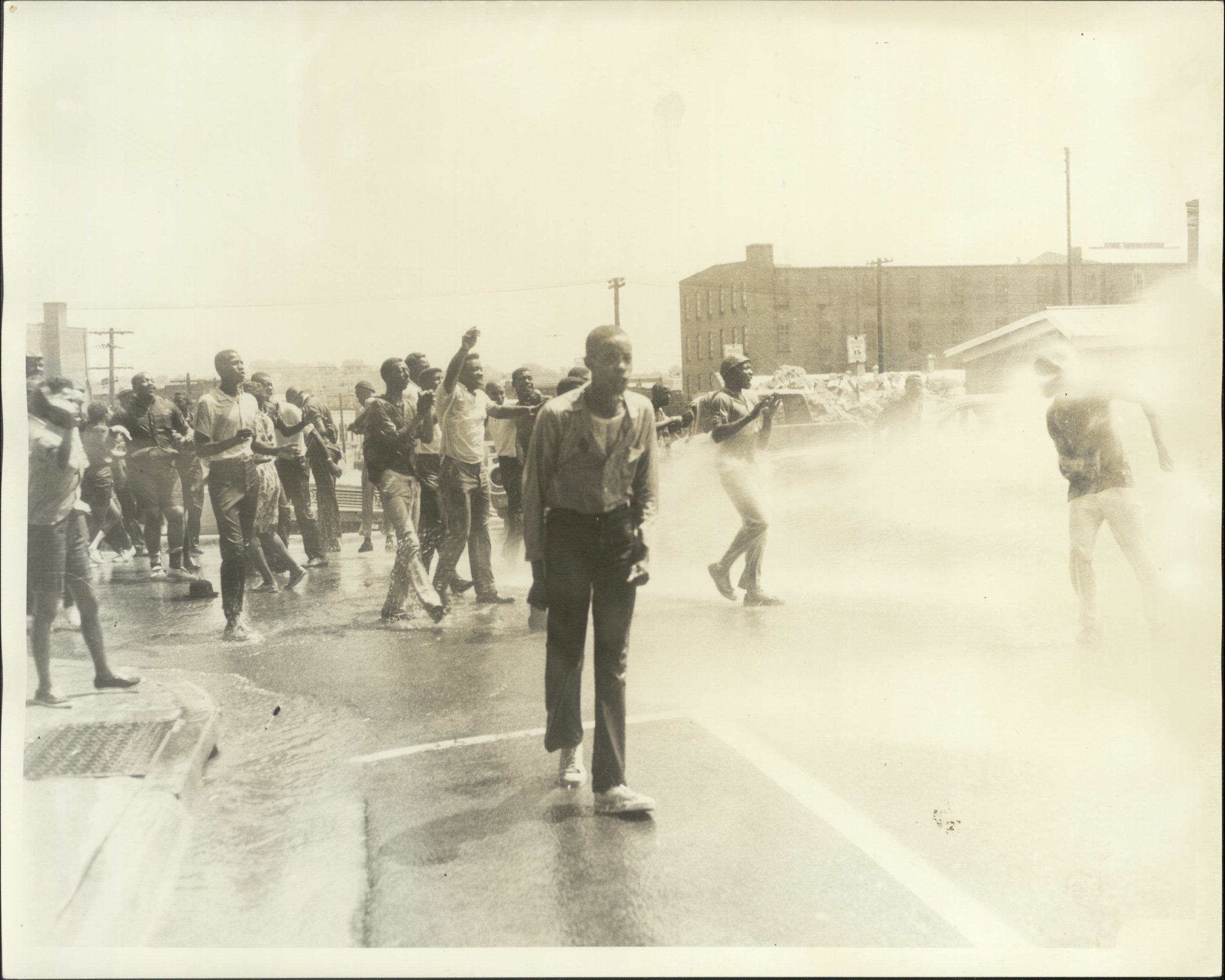
Latest updates
- New documentary tells the story of Duke’s first Black basketball player, who hailed from Danville
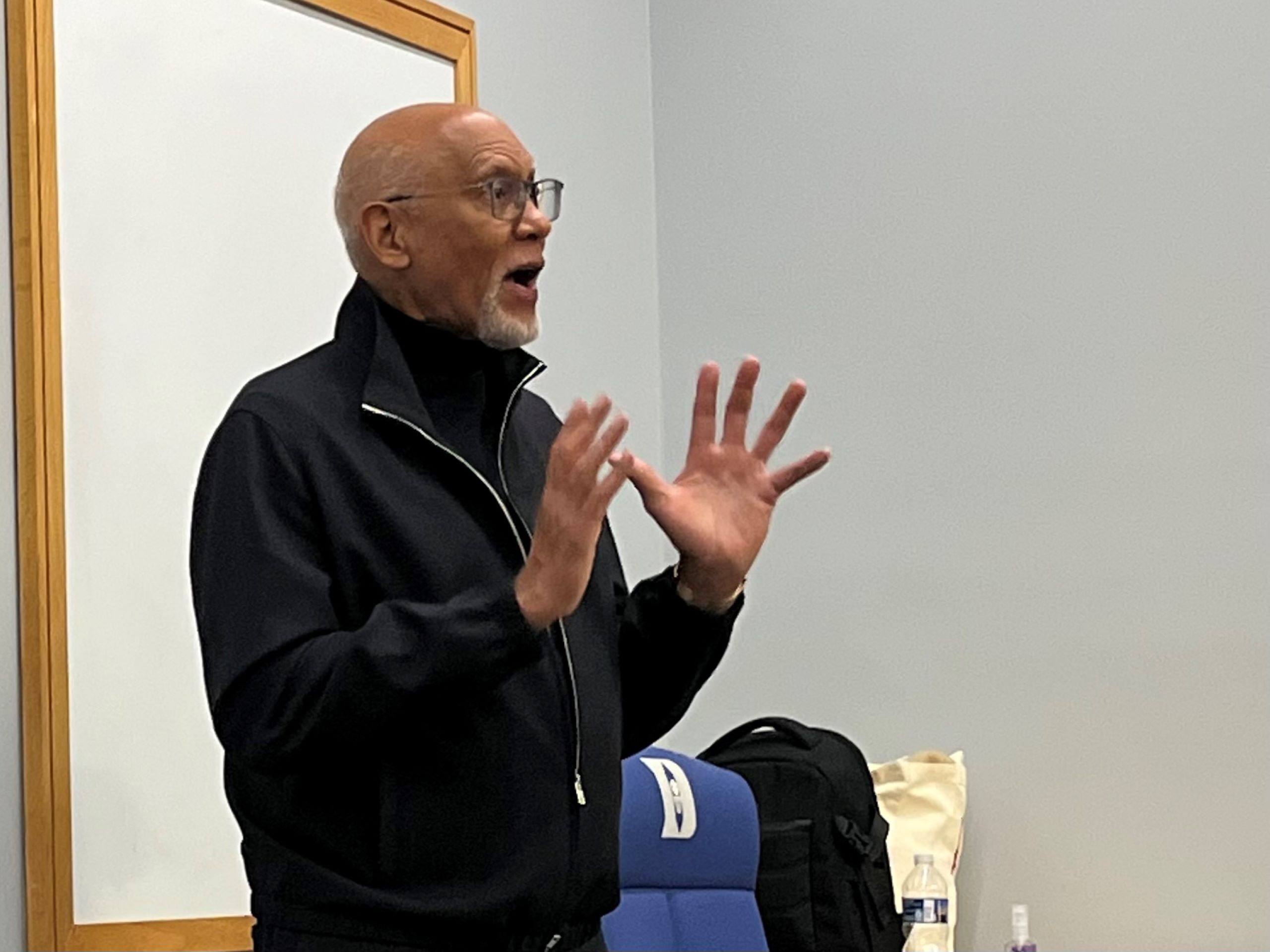
- Civil rights leaders from Danville helped lead the March on Washington. Here are their memories, 61 years later.
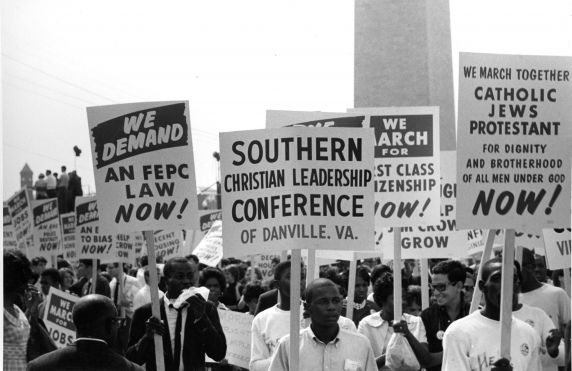
- Hospital that tended to wounded Black civil rights activists receives state landmark status
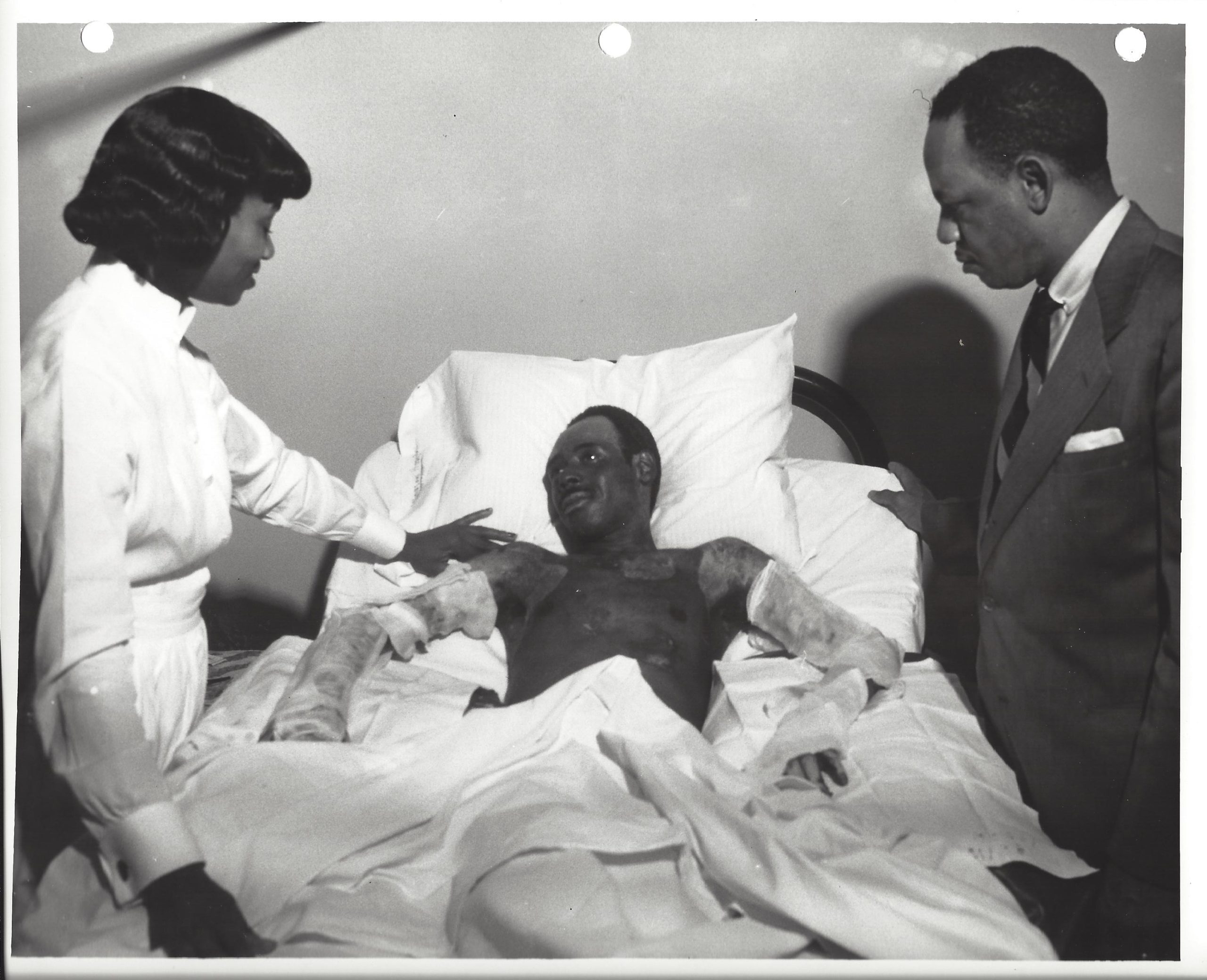
- Court records and recordings from Danville civil rights movement are available online for the first time
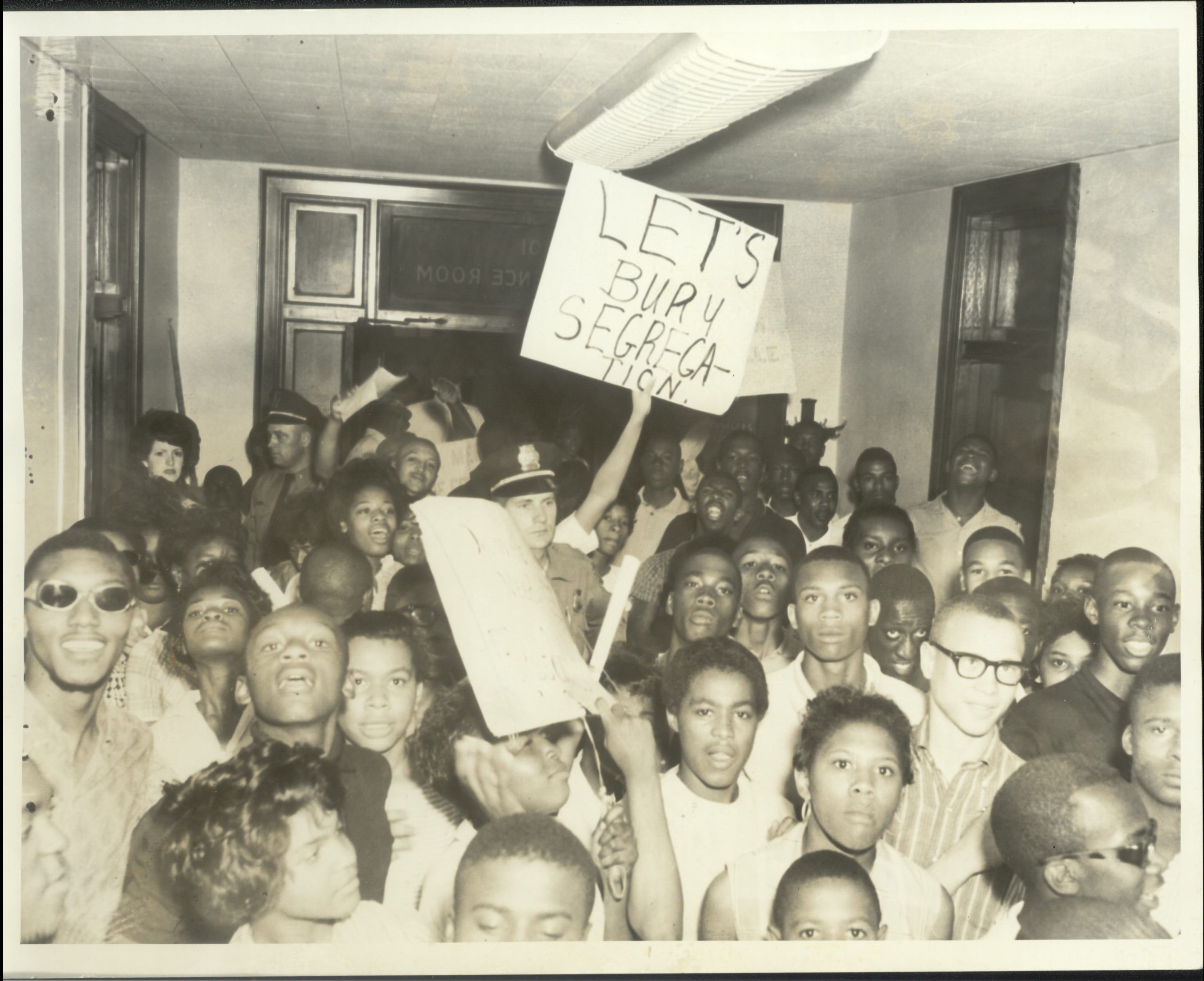
- Portrait of segregationist Danville judge removed from courtroom, at least for now
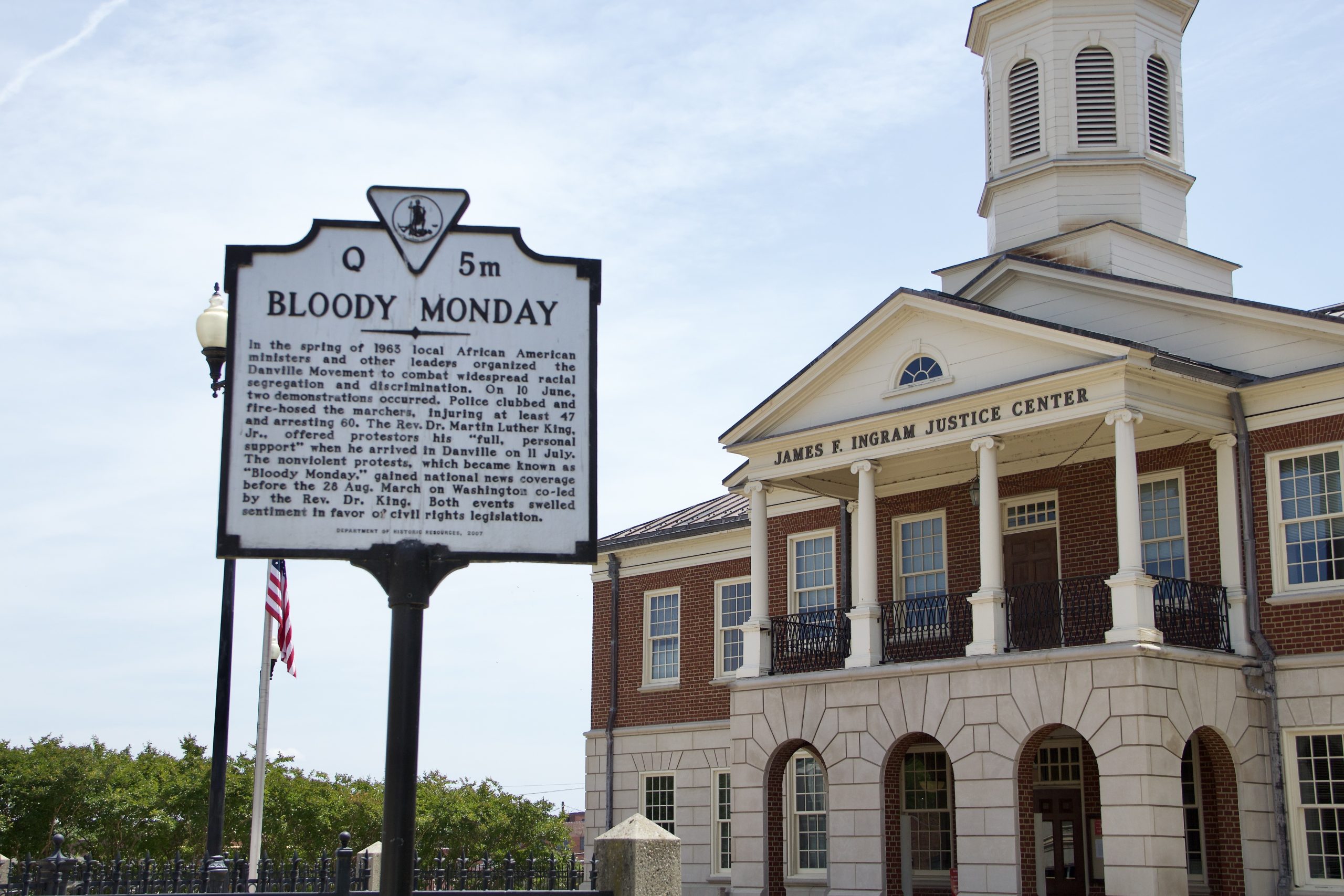
Videos
- Listen to Reverend L.W. Chase’s testimony during a 1966 Danville civil rights case that was closed to the public
- Watch an interview with Dorothy Moore-Batson describing her experience as a Bloody Monday protester
- Listen to former Danville police chief McCain and civil rights protester Dorothy Moore-Batson describe the same moment when police turned fire hoses on protesters during a civil rights protest.
This is an ongoing project. There are stories about Danville’s 1960s civil rights movement and current racial justice work we haven’t heard yet. Reach out to reporter Grace Mamon with your stories at Grace@cardinalnews.org, or submit an anonymous tip using the form below.
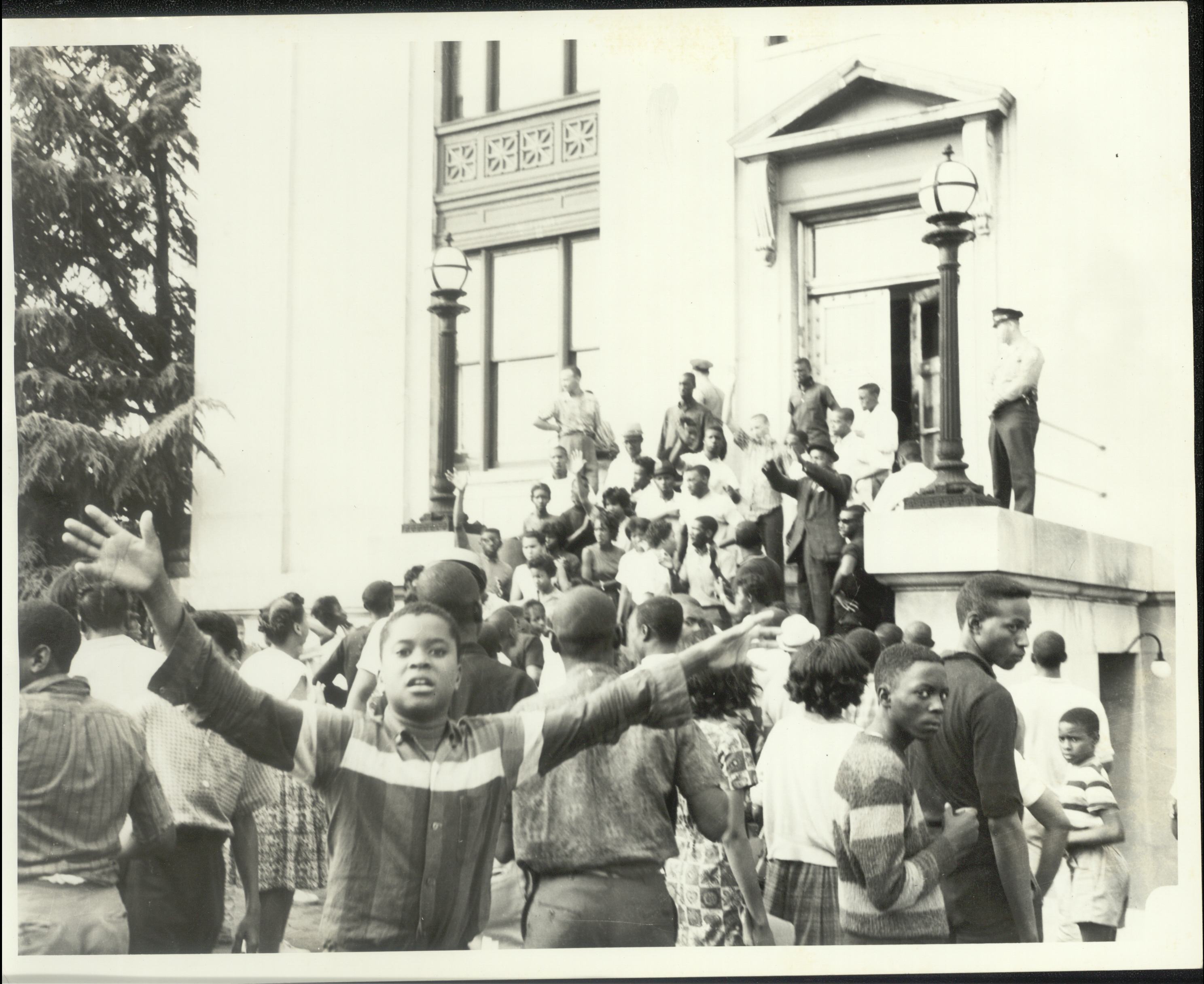
“There was something really fearsome and rigid about this place. I hope it’s changed.”
Dorothy Zellner
